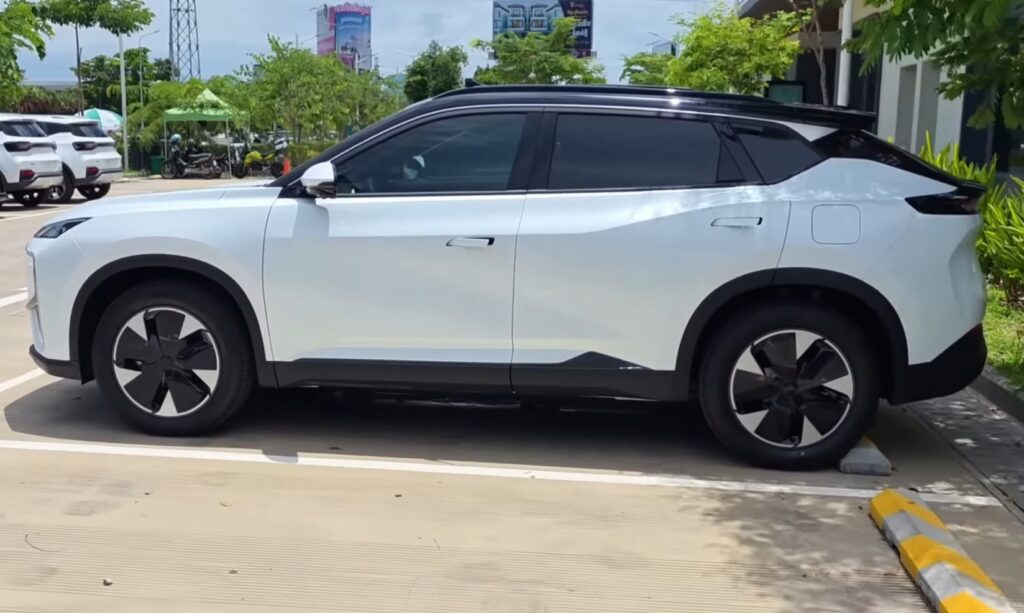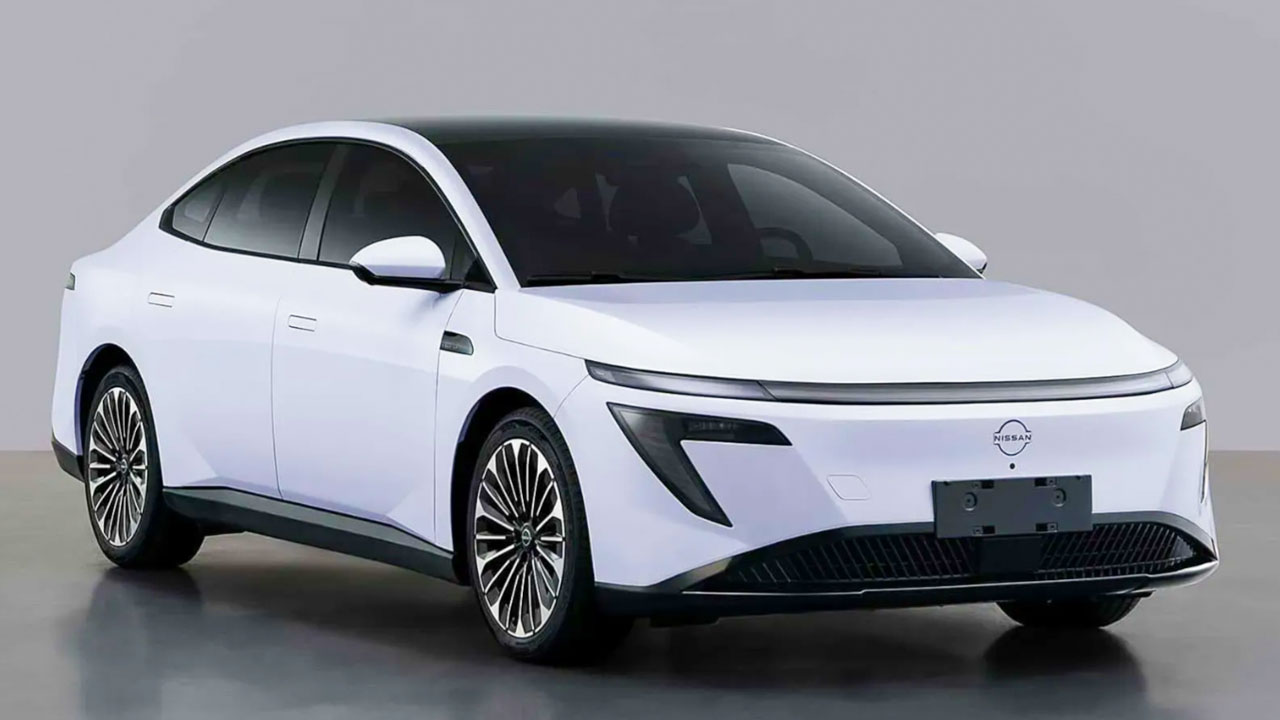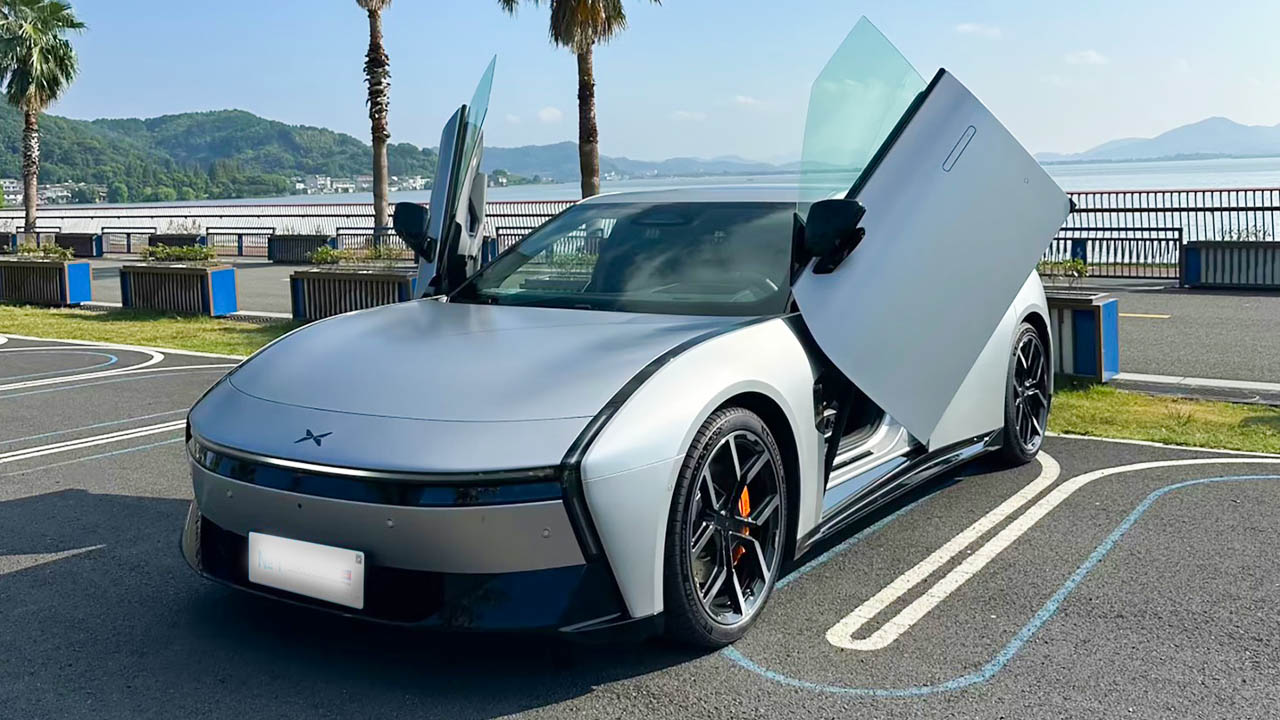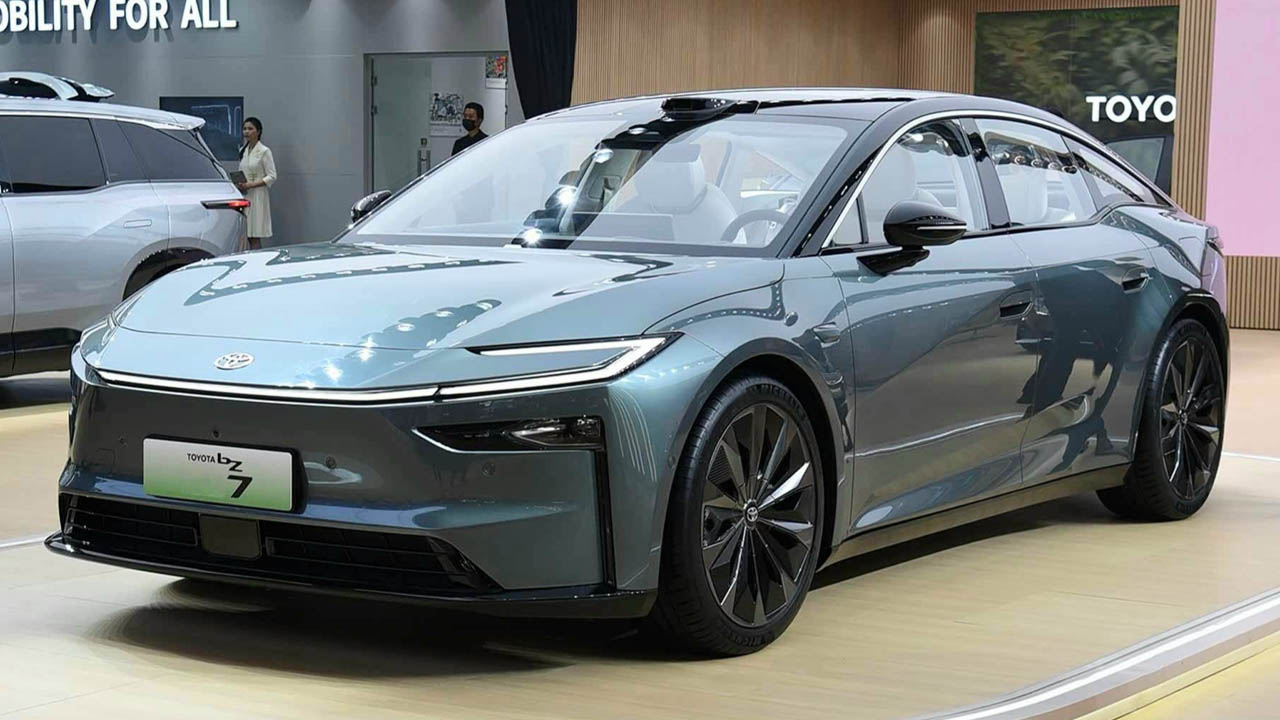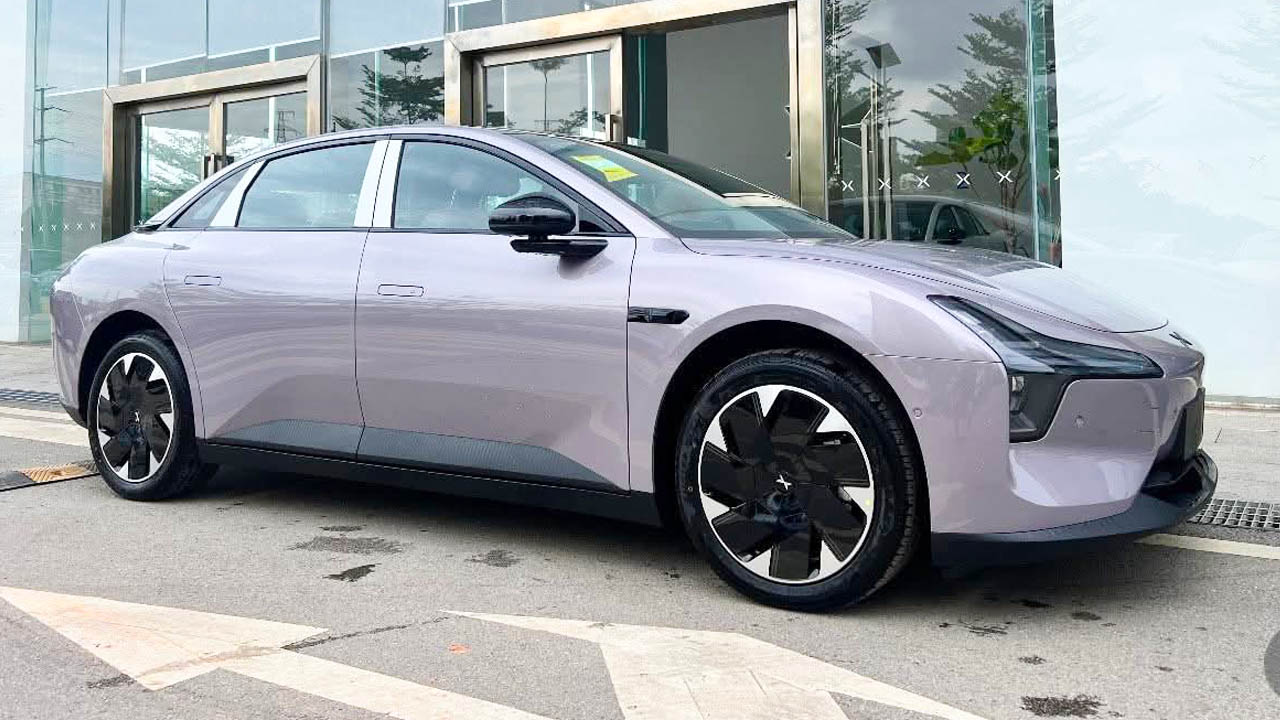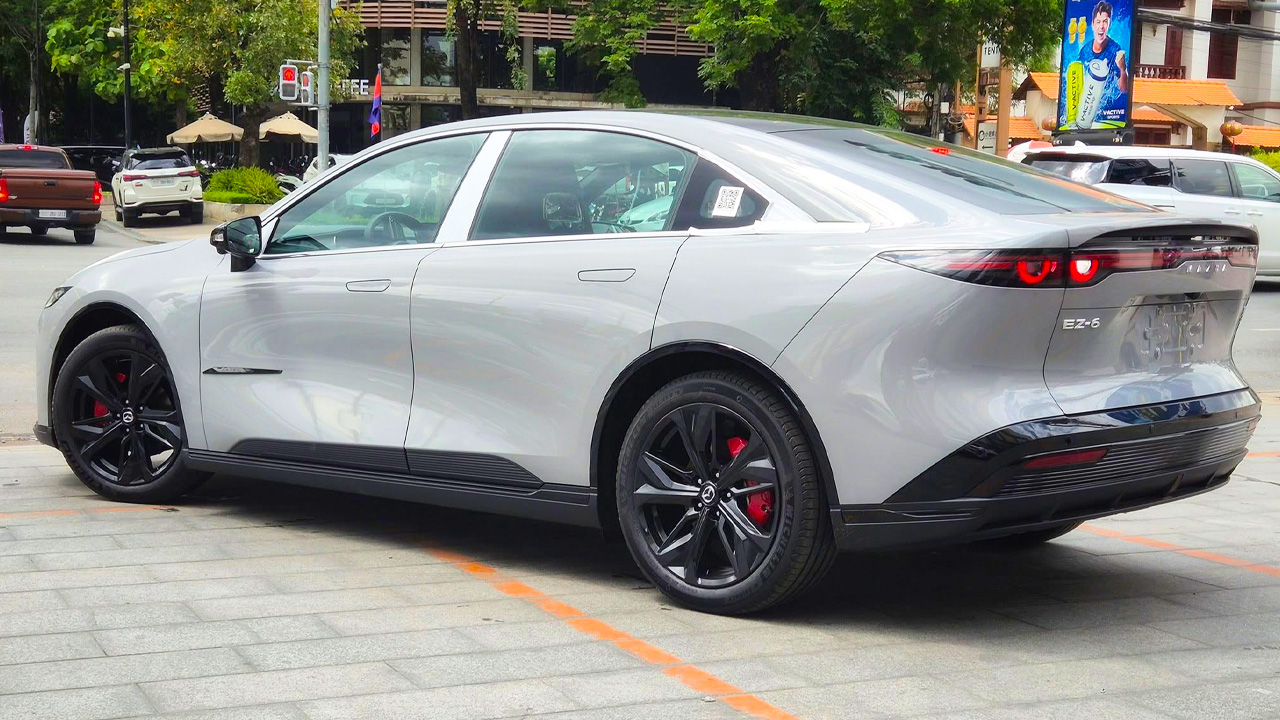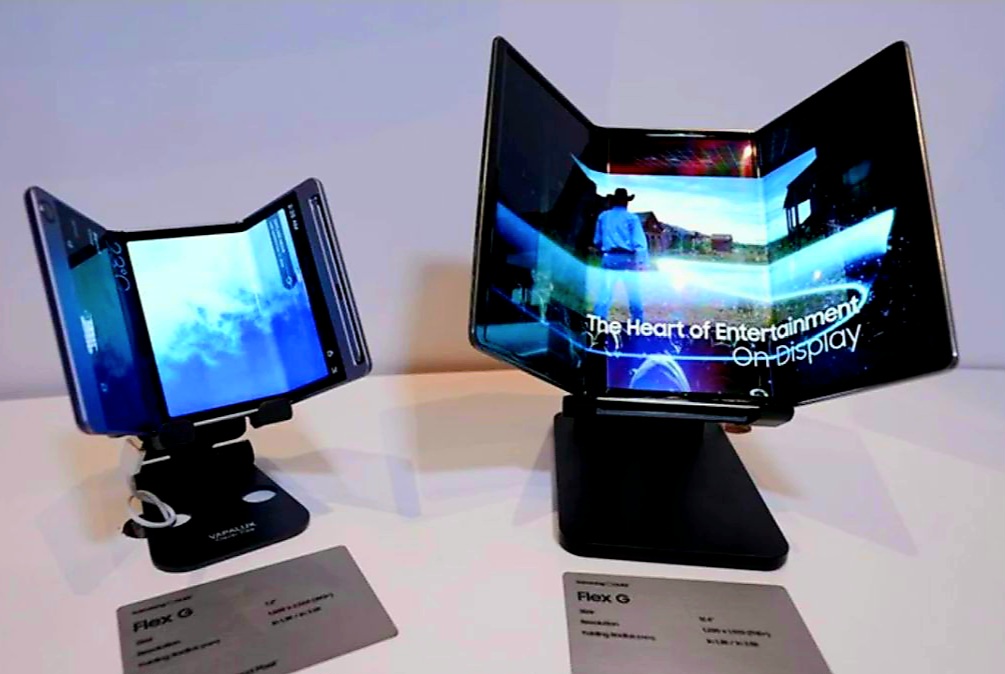
The GTV Kessor Pro PHEV (Plug-in Hybrid Electric Vehicle) emerges not just as another entry in the crowded compact SUV segment, but as a potential landmark vehicle for the Southeast Asian market, particularly as the flagship model of Cambodia’s own GTV Motor. Priced competitively starting around $24,500, the Kessor Pro is positioned to disrupt established import markets by blending Italian-inspired design and modern electrification with unprecedented localization. The name “Kessor” itself, meaning “noble” or “dignified” in Khmer, sets a high aspiration for this crossover.
Power, Performance, and Class-Leading Efficiency
The powertrain is the Kessor Pro PHEV’s defining characteristic. Utilizing a plug-in hybrid system centered around an efficient 1.5L turbocharged engine, it delivers a blend of usable power and extraordinary fuel economy. While exact combined horsepower figures are not globally standardized, the 1.5L base unit typically generates around 150HP, providing adequate torque (230Nm) for everyday driving. The real story, however, is the hybrid performance.

GTV claims an impressive all-electric driving range of up to 110km on a single charge. This range is substantial enough to cover the daily commute for most drivers entirely without consuming petrol, effectively turning the PHEV into an EV for routine trips. When the gasoline engine is called upon, the system achieves a benchmark fuel consumption figure of just 1.49L/100km under standard hybrid testing cycles. This remarkable efficiency addresses one of the primary concerns for regional buyers: the long-term cost of ownership, making the Kessor Pro PHEV a highly economical and environmentally conscious choice.
Design and Technological Localization
Aesthetically, the Kessor Pro is a modern and stylish compact crossover, reportedly drawing inspiration from European design elements, which contributes to its premium look. It features sharp LED lighting, a bold front grille, and a contemporary silhouette that competes well against its foreign rivals.

Inside the cabin, GTV has prioritized technology and user experience. The heart of the interior is the large touchscreen infotainment system, which manages navigation, entertainment, and vehicle settings. Crucially, GTV Motor has implemented a complete localization strategy, making the entire operating system, including all menus and displays, available in the Khmer language.
This feature is not merely a convenience; it democratizes the vehicle’s advanced technology, making the user interface immediately accessible and comfortable for the local population—a significant competitive advantage. The cabin offers seating for five, and the dimensions (approx. 4.5m long with a wheelbase of 2.7m) ensure respectable legroom and cargo capacity, aligning it perfectly with the needs of a modern family SUV.
Market Impact and Value Proposition
The GTV Kessor Pro PHEV enters the market as a formidable value proposition. At its price point, it undercuts many non-hybrid competitors while simultaneously offering superior long-distance efficiency, reduced urban emissions, and the technological prestige of a plug-in hybrid system.

Furthermore, its status as a locally assembled, Cambodian-branded vehicle is a massive point of national pride and market assurance. GTV Motor has established the GTV Automotive Electronics Research Institute (GTV AERI) to focus on technology innovation and vocational training, suggesting a strong commitment to quality control and long-term after-sales support—a critical factor often missing from emerging brands. By offering advanced safety features like ABS, ESC, and a comprehensive airbag system, the Kessor Pro PHEV delivers confidence both in performance and protection.

In summary, the GTV Kessor Pro PHEV is a compelling package. It is defined by its class-leading electric range, ultra-low fuel consumption, and deep commitment to local users through its Khmer-language technology.
It successfully delivers a premium, highly efficient, and locally supported crossover at an affordable price, making it a pivotal model to watch in the regional shift towards sustainable mobility.




